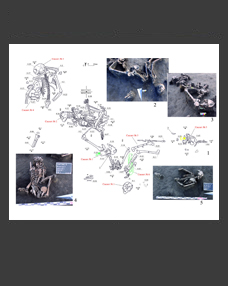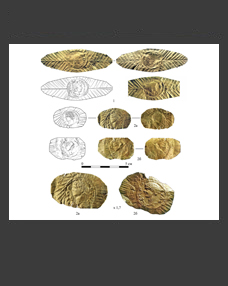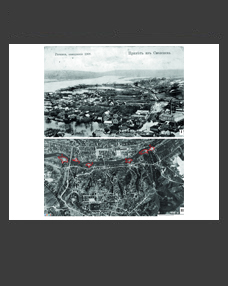Lyudmila N. Plekhanova1,*, Natalya N. Kashirskaya1,**, Roman A. Mimokhod2,*** and Nikolay I. Sudarev2,****
1Institute of Physicochemical and Biological Problems of Soil Science RAS, Pushchino, Russia
2Institute of Archaeology RAS, Moscow, Russia
*Е-mail: dianthus1@rambler.ru
**Е-mail: nkashirskaya81@gmail.com
***Е-mail: mimokhod@gmail.com
****Е-mail: sudarev@list.ru
Keywords: classical period, burial ground, burial, soils, vessels, filling of vessels, ritual food, natural scientific methods.
Soil samples were taken from the bottom layer of several vessels (an amphora, a red clay jug, and two oinochoai) from the classical burial ground of Volna 1 on the Taman Peninsula in order to develop approaches to determining the composition of ritual food. Microbiological and enzymological traces indicating initial organic substrates in the vessels were studied. By planting an aqueous suspension of soil on solid nutrient media, the number of trophic groups of microorganisms associated with the initial presence of food in burial vessels was determined. Microorganisms that assimilate organic matter, fats, starch and protein were evaluated. Live cultures of lactic acid bacteria were isolated from all vessels, and micrographs of them with the shape of cells and colonies were obtained for the first time. They differed in their growth rate and the rate of fermentation of substrates such as milk and simple sugars. Genetic identification of a microorganism found in the oinochoai from burial 370 by genus Sporolactobacillus as the closest to the typical Sporolactobacillus pectinivorans strain with a similarity level of 97.55% makes it possible to discuss interpretations assuming the original presence of funeral food in the ancient vessel in the form of raw milk with sugar syrup. Other lactobacilli were also found in the vessels.
DOI: 10.31857/S0869606324030071, EDN: XADWTJ







